Nesaea Comm. Ex. Kunth
red-stem
Lythraceae
Alternanthera, Ammannia, Cuphea, Hypericum, Ludwigia, Lythrum
tropical Africa, Asia, Central and South America, Australia
Nesaea crassicaulis (Guill. & Perr.) Koehne
N. pedicellata Hiern
none
not weedy
emergentemergent:
(adj) (syn. emersed) with parts raised out of the water; extending up out of the water
 stem plantstem plant:
stem plantstem plant:
(n) (a term used in the aquarium and pond plant trade) having an elongate stem (as opposed to a compact stem)

Annual or perennialperennial:
(adj) (of a plant) having a life cycle of more than two years
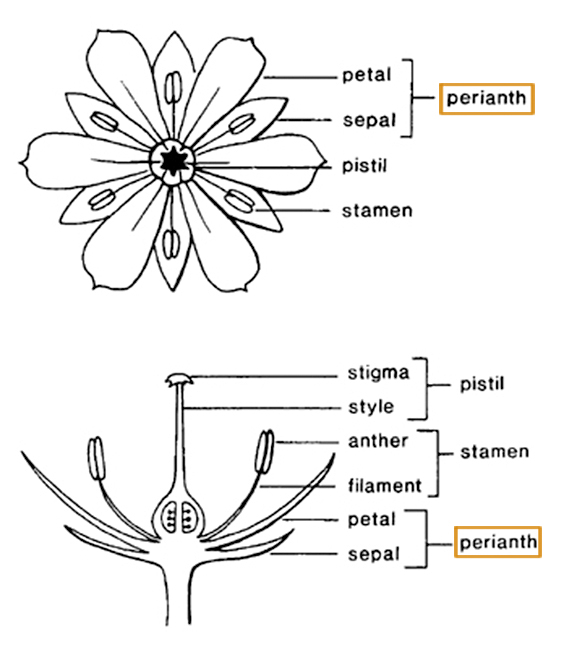 . Stem erect or ascending, usually four-sided (when emersedemersed:
. Stem erect or ascending, usually four-sided (when emersedemersed:
see emergent
 ). Leaves oppositeopposite:
). Leaves oppositeopposite:
(adj) (of leaves) two leaves per node; in pairs on opposite sides of an axis
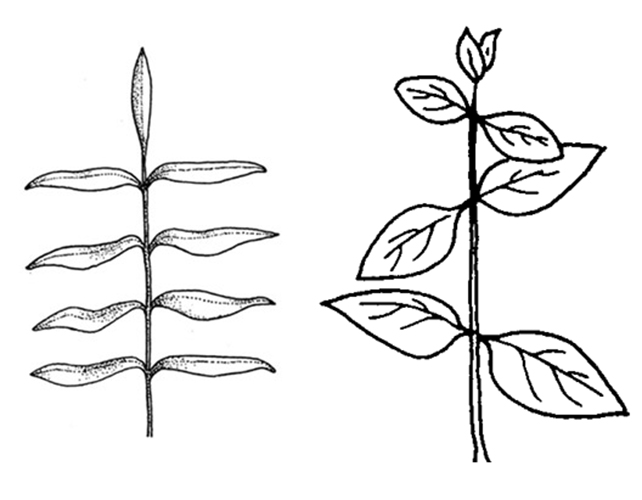 , decussatedecussate:
, decussatedecussate:
(adj) arranged along stem in pairs, with each pair at right angles to the pairs above and below
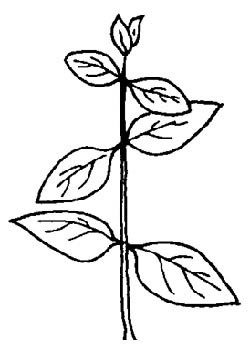 , sessilesessile:
, sessilesessile:
(adj) attached directly, without a stalk
 , linear to ovateovate:
, linear to ovateovate:
(adj) egg-shaped in outline; generally with the broad end at or near the base
 ; marginmargin:
; marginmargin:
(n) edge; rim
 entire. Inflorescenceinflorescence:
entire. Inflorescenceinflorescence:
(n) the arrangement of flowers on the floral axis
 sessilesessile:
sessilesessile:
(adj) attached directly, without a stalk
 or pedicellatepedicellate:
or pedicellatepedicellate:
(adj) borne on a pedicel
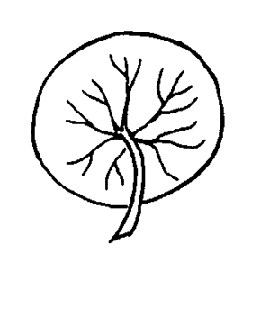 . Flowers axillaryaxillary:
. Flowers axillaryaxillary:
(adj) in, of, or produced from an axil
 , solitary or in many-flowered headhead:
, solitary or in many-flowered headhead:
(n) inflorescence consisting of small closely packed stalkless flowers or florets arising at the same level on a flattened axis; of several types, including: discoid (composed entirely of disk flowers) and radiate (composed of central disk flowers and marginal ray flowers)
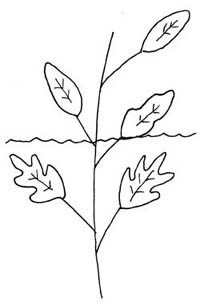 , actinomorphicactinomorphic:
, actinomorphicactinomorphic:
(adj) of flowers, having radial symmetry; capable of being bisected into identifical halves along more than one axis
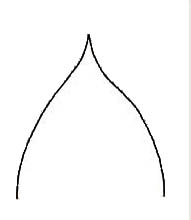 ; sepals 4-5; petals 4-5, pink to purple. Dispersal by seeds or stem fragments.
; sepals 4-5; petals 4-5, pink to purple. Dispersal by seeds or stem fragments.
limestone seeps, river and creek banks, springs, margins of lakes, other marshy to damp areas
Nesaea contains over 50 species (six aquatic) with only two species commonly cultivated for aquaria. The genus is morphologically diverse in Africa. Nesaea and Ammannia are separated only with great difficulty based on presumed differences in capsule dehiscence. There is considerable variation in color from deep red to yellow shown in Nesaea spp. when grown submersedsubmersed:
see submerged
 ; the degree of color depends on light and nutrient levels. Nesaea pedicellata has approximately half of its stamens (4-5) longer than the calyxcalyx:
; the degree of color depends on light and nutrient levels. Nesaea pedicellata has approximately half of its stamens (4-5) longer than the calyxcalyx:
(n) the outer whorl of the perianth; all the sepals of a flower
 and half (4-5) the same length. All of the stamens are the same length as the calyxcalyx:
and half (4-5) the same length. All of the stamens are the same length as the calyxcalyx:
(n) the outer whorl of the perianth; all the sepals of a flower
 in N. crassicaulis. A gold leaf form of N. pedicillata is commonly traded and will revert back to the normal green form through occasional side shoots when grown emersedemersed:
in N. crassicaulis. A gold leaf form of N. pedicillata is commonly traded and will revert back to the normal green form through occasional side shoots when grown emersedemersed:
see emergent
 . Graham, et al. (2011) synonymized Nesaea with Ammannia, although it remains commonly traded under the name of Nesaea.
. Graham, et al. (2011) synonymized Nesaea with Ammannia, although it remains commonly traded under the name of Nesaea.